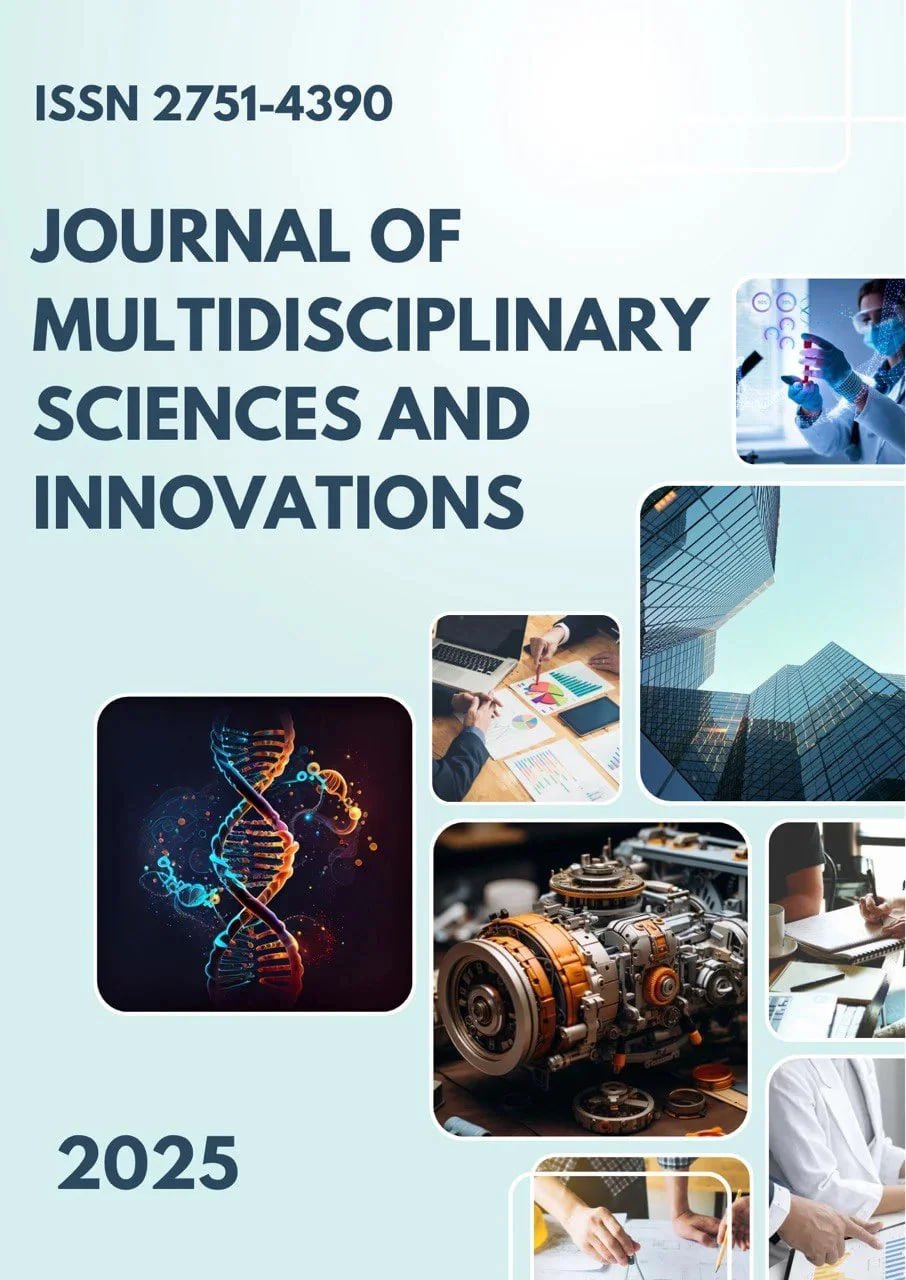MOLECULAR IDENTIFICATION OF ENDOPHYTIC FUNGI ISOLATED FROM HYSSOPUS OFFICINALIS
Main Article Content
Abstract
In recent years, endophytic fungi of medicinal plants have gained considerable attention as potential sources of novel bioactive compounds. These microorganisms, which reside asymptomatically within plant tissues, are known to produce a wide range of secondary metabolites with antimicrobial, antifungal, and antioxidant properties. In this study, a highly active endophytic fungal isolate was obtained from the vegetative organs of Hyssopus officinalis and subjected to molecular identification. Using the ITS (Internal Transcribed Spacer) region sequencing and BLAST analysis against the NCBI GenBank database, the isolate was identified as Colletotrichum elatum. DNA extraction and sequencing were conducted using CTAB method, PCR amplification with ITS5-ITS4 primers, and Sanger sequencing. The obtained sequence was submitted to GenBank under the accession number OP476344.1. A phylogenetic tree was constructed using MEGA 11 software to confirm taxonomic affiliation. This study reports for the first time the isolation of C. elatum from H. officinalis, underlining its potential as a novel source of bioactive compounds.
Downloads
Article Details
Section

This work is licensed under a Creative Commons Attribution 4.0 International License.
Authors retain the copyright of their manuscripts, and all Open Access articles are disseminated under the terms of the Creative Commons Attribution License 4.0 (CC-BY), which licenses unrestricted use, distribution, and reproduction in any medium, provided that the original work is appropriately cited. The use of general descriptive names, trade names, trademarks, and so forth in this publication, even if not specifically identified, does not imply that these names are not protected by the relevant laws and regulations.
How to Cite
References
1.Conrad L Schoch, Keith A Seifert, Sabine Huhndorf, Vincent Robert, John L Spouge, C André Levesque, Wen Chen; Fungal Barcoding Consortium; Fungal Barcoding Consortium Author List; Nuclear ribosomal internal transcribed spacer (ITS) region as a universal DNA barcode marker for Fungi; 2012 April 7
2.White T.J, Bruns T, Lee S. & Taylor J. (1990) «Amplification and Direct Sequencing of Fungal Ribosomal RNA Genes for Phylogenetics» page 13
3. Clement K.M. Tsui, James Woodhall, Wen Chen, K Andre Levesque, Anna Lau, Cor D Sean, Christiana Bashien, Mohammad Dj. Nadjafzadeh, G Sibren de Hoog. Molecular methods for the identification of pathogens and the detection of fungi in the environment. PMCID: PMC3359816 PMID: 22679603
4. Yurkov A.P., Kryukov A.A., Gorbunova A.O., Kojemyakov A.P., Stepanova G.V., Machs E.M., Rodionov A.V., Shishova M.F.. Molecular genetic identification of fungus arbuscular mycorrhiza. doi: 10.17816/ecogen16211-23 Genetic basis of ecosystem evolution.
5. Kokaeva L.Yu., Elansky S.N., Beryozov Yu.I. Molecular identification of fungi - causing leaf spotting of potatoes and tomatoes in modern mycology in Russia. // «Sovremennaya mikologiya v Rossii» // Materialy 3-mejdunarodnogo mikologicheskogo forum. M., 2015. Volume 5, p. 66

